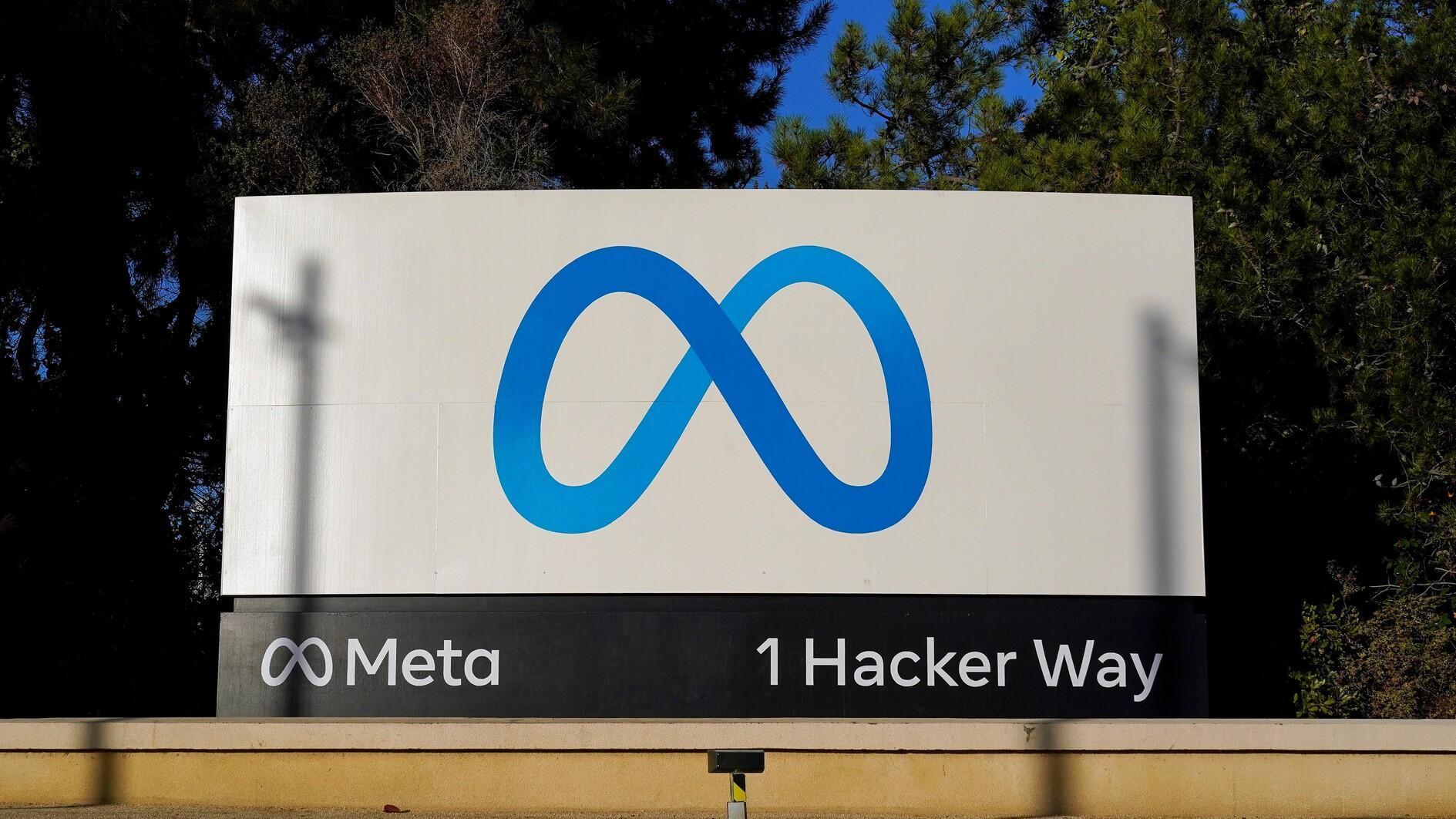Child labor; the invisible problem
Following the atrocious killings of children, the “authority” makes a statement in the lines of “the harshest punishment will be given.”
Yet what does it do for the living?
Nothing.
One of the biggest problems in the country is child workers. There are nearly a million child workers in Turkey. The government prepared an action plan in 2004 due to its commitments to the International Labor Organization’s (ILO) convention to prevent child labor. According to the action plan, child labor was to be ended by 2004 in the furniture sector, on the streets and seasonal agriculture.
Guess what happened?
This date was first postponed to 2015 and then to 2016. The government has not been able to solve the issue in 10 years. On the contrary, according to the information I received from the Development Workshop, there has been an increase of 3,000 in the number of child workers between 2006 and 2012.
It is not permitted for children of 14-years-old and below to work according to our laws and international conventions. There is a law, but it is not implemented. If you complain about it, it will be a futile attempt, since at the end of the day the one responsible is the government, the Labor Ministry, the National Education Ministry and the gendarmerie. All of the children between the ages of six and 18 are under the registration of the National Education Ministry. If children do not come to school during the school period, they have to ask why. In other words, it is very easy to monitor it. But there is no intention to do so.
The families in the seasonal agriculture sector are so poor that they can barely survive with the income of the child worker .The owners of the farms or gardens do not look whether the kid is three-years-old or 10-years-old. All they care about is whether the products are gathered properly or not.
As families cannot leave their children in the tents, they take children from three or five-years-old with them to the field. Even if the child does not work he/she stays under the sun for 13 hours. These children leave their homes and neighborhoods. They can’t go to school for 60 days. They stay eight to 10 people in tents for three to six months. They work full days in the field and can take bathes only once a week.
The seasonal agricultural workers are invisible people to the state. Those in this sector employing below 50 people are not considered an enterprise. They are not monitored and thus these people are not considered workers. That’s why they do not have social security and retirement rights. They can work nonstop for 35 days if there is no rain, but they are paid less than minimum wage. In an ordinary factory, a worker gets paid a monthly salary, yet he/she works for 22 days. Yet these people do not even have weekends off.
The government keeps saying, “We are developing.” What it actually means is economic growth, because we don’t see a hint regarding social development. Perhaps we do grow, but the lower strata of society do not get its share of this growth. There is no meaning for these people when you talk about how much per capita income has increased. If the children of these people cannot be nourished in a healthy way, if they cannot make use of educational and health services, if there is no social transformation development. If there is development, it’s there for the rich, business community and not for these people. If what you understand from development is distributing coal to the lower strata of the society, if you still have child labor in the country, it does not matter even if you rank first in world economy.











